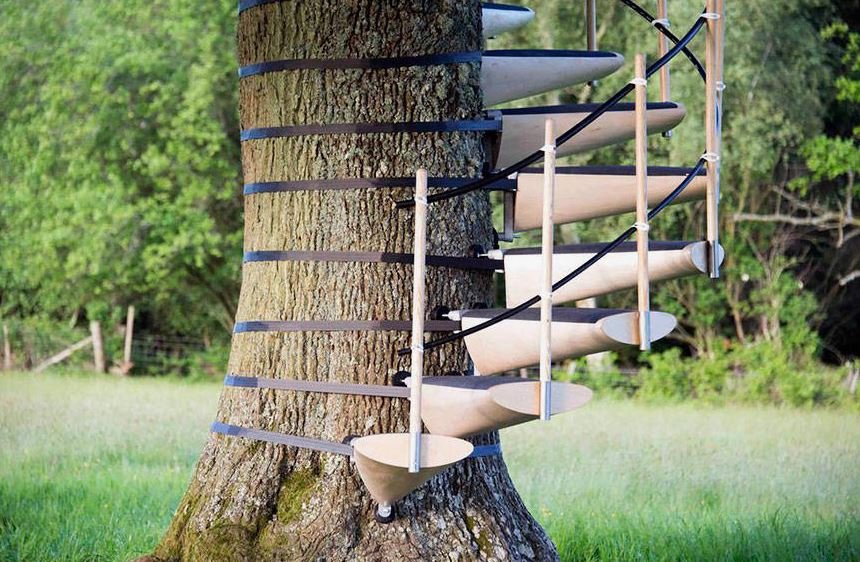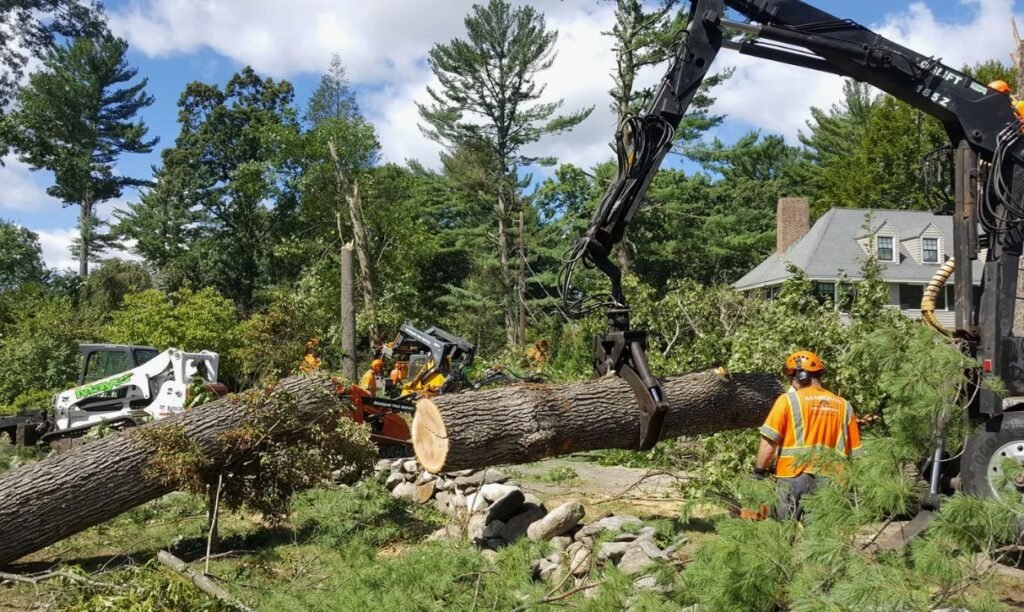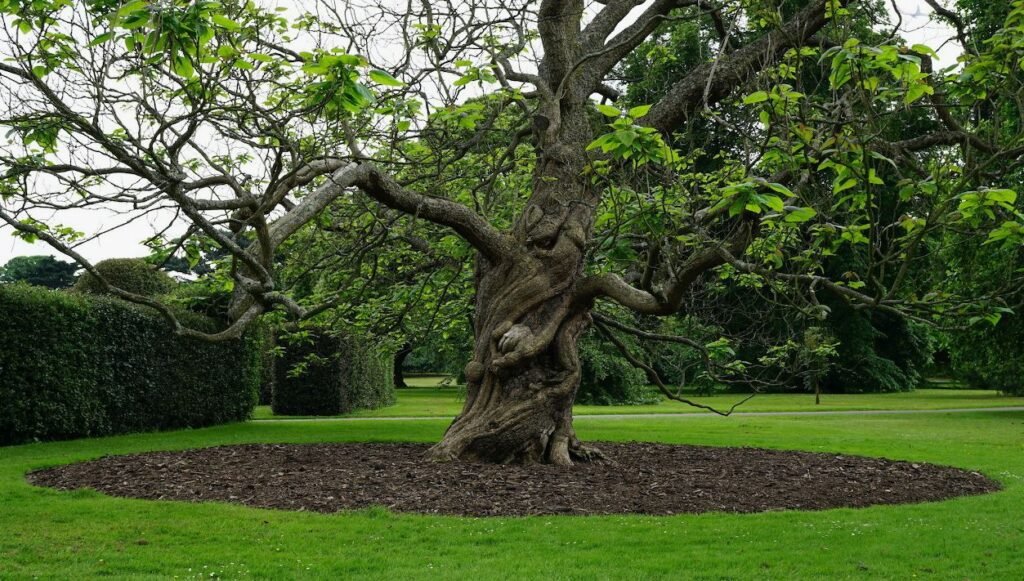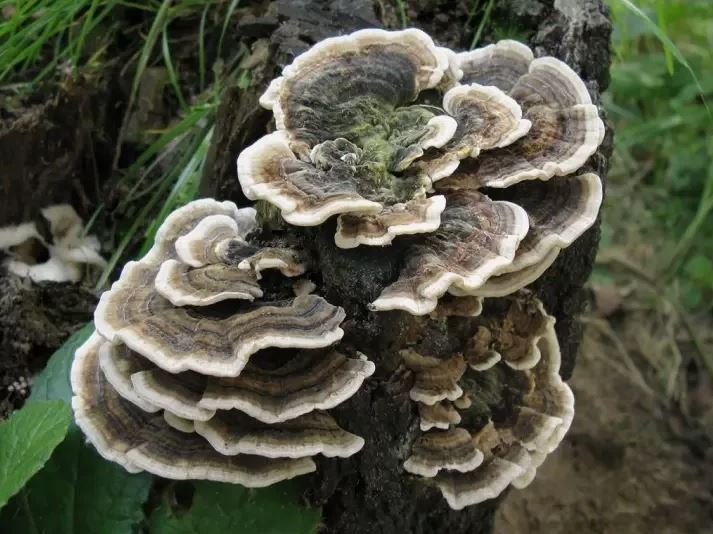Recognizing the Signs of a Dying Tree
Discolored Leaves
One of the earliest indicators of a tree in distress is the discoloration of its leaves. Leaves that are yellowing or browning suggest that the tree is under stress. This can progress to the leaves wilting or dropping prematurely if the underlying issue isn’t addressed promptly.
Brittle Branches
Branches that snap easily when bent are a clear sign that the tree is not getting enough moisture and nutrients. Brittle branches can indicate severe dehydration, which compromises the tree’s overall structural integrity.
Cracked Bark
The bark of a tree acts as a protective barrier. When a tree is subjected to heat stress, its bark can crack and peel away, exposing the vulnerable inner layers. This not only makes the tree more susceptible to disease and pest infestations but also hinders its ability to retain moisture.
Fungal Growth
The presence of fungi at the base of the tree or on its trunk is a strong indicator of decay. Fungal growth typically means that the tree’s health is compromised, and it may be suffering from internal rot or other serious issues.
How to Protect Your Trees
Regular Watering
Ensure that your trees receive adequate water, especially during prolonged periods of heat. Deep watering techniques, which involve soaking the ground around the tree to reach the root zone, are particularly effective in maintaining moisture levels.
Mulching
Applying mulch around the base of the tree helps to retain soil moisture and regulate soil temperature. Mulch should be spread evenly in a layer a few inches thick, but it is crucial to keep it away from direct contact with the trunk to prevent rot.
Shading
During extreme heat, consider providing temporary shade for your trees. Shade cloths or other structures can help reduce direct exposure to the sun, minimizing heat stress.
Pruning
Remove dead or damaged branches to reduce the overall stress on the tree. Proper pruning techniques not only promote healthy growth but also improve air circulation, which can prevent fungal infections and other diseases.
Soil Care
Maintaining healthy soil is essential for tree health. Adding compost or organic matter improves soil structure, increases nutrient availability, and supports robust root health. Healthy soil is vital for trees to thrive, especially during periods of environmental stress.
Benefits of Protecting Trees
Taking proactive measures to protect your trees during extreme heat can ensure their longevity and health. Healthy trees contribute significantly to the aesthetic value of your property and play a crucial role in maintaining a balanced ecosystem. They provide shade, improve air quality, and support wildlife, making them invaluable assets to your landscape.
Cost Considerations
The cost of tree care services during heat waves can vary widely, typically ranging from $150 to $500. This depends on the extent of care needed and the specific services provided. Regular maintenance is a cost-effective strategy to avoid the higher expenses associated with addressing severe tree damage or removal.
When to Call an Arborist
If you notice severe signs of stress, decay, or any other unusual symptoms in your trees, it is essential to contact a certified arborist immediately. Arborists can assess the health of your trees, diagnose problems accurately, and provide appropriate treatments. Early intervention by a professional can often save a tree that might otherwise be lost, protecting your investment and preserving the beauty and health of your landscape.




